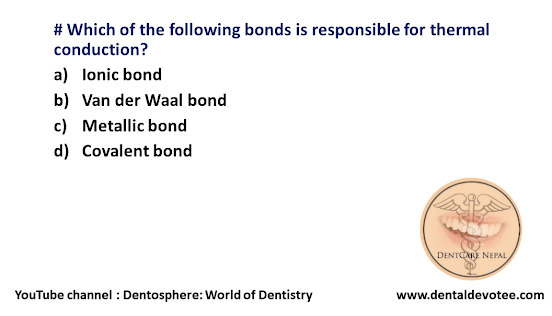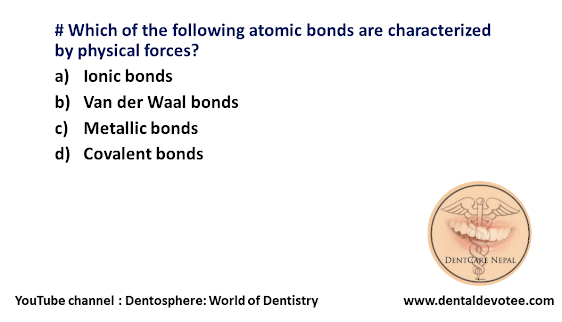PUFA (pulp, ulceration, fistula, abscess) provides a measure of badly diseased and broken down teeth which have been attacked by dental decay and are causing significant problems in need of early attention. It is now advocated for use by the FDI as a tool that can help to stress the importance of tackling dental caries to planners (Benzian et al., 2011b). It is interesting to note that in the UK, where there have been massive improvements in oral health, some 7% of dentate adults (adults with teeth) had one or more conditions. A PUFA score of one or more was more common in men than women, adults from lower social groups than more affluent, amongst adults who reported brushing less than once a day than amongst those who brushed once or twice, and amongst smokers rather than non‐smokers.
PUFA index criteria
P – pulp involvement is recorded when the opening of the pulp chamber is visible or when the coronal tooth structures have been destroyed by the carious process and only roots/root fragments are left
U – ulceration due to trauma is recorded when sharp edges of a dislocated tooth with pulp involvement or root fragments have caused traumatic ulceration of the surrounding soft tissues, e.g. tongue or buccal mucosa
F – fistula is scored when a pus‐releasing sinus tract related to a tooth with pulp involvement is present
A – abscess is scored when a pus‐containing swelling related to a tooth with pulp involvement is present .
Source: Monse et al., 2011; Health and Social Care Information Centre, 2011c.






